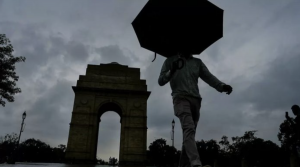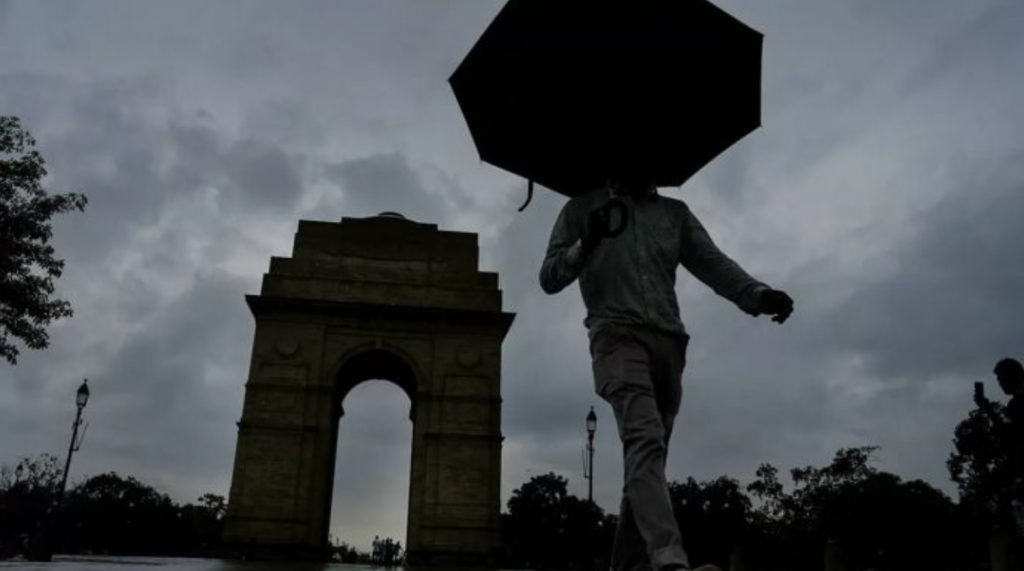NEW DELHI: The India Meteorological Department (IMD) on Wednesday said that southwest monsoon is likely to set in over Kerala on May 31 with a model error of 4 days on either side. The weather office also predicted the formation of a low pressure area over southwest adjoining westcentral Bay of Bengal. “Low pressure area formed over southwest adjoining Westcentral Bay of Bengal. To move northeastwards and concentrate into depression over central parts of Bay of Bengal by 24th morning. Continue to move northeastwards and intensify further thereafter,” the IMD said. The Met Department also predicted heavy rainfall in the southern states this week. It said that southern states are likely to witness heavy rainfall till May 25, with a red alert for Kerala. The weather office said that parts of Tamil Nadu, Puducherry, Karaikal and Mahe are likely to witness heavy to very heavy rainfall till May 24. Parts of coastal and south interior Karnataka are also likely to witness similar weather conditions on May 23. Northeastern states like Assam, Meghalaya, Nagaland, Manipur, Mizoram, Tripura and Arunachal Pradesh are also likely to witness isolated heavy to very heavy rainfall on May 26. This comes as a respite amid blistering heat wave conditions over large parts of India. Parts of Punjab, Haryana, Delhi, Rajasthan, Uttar Pradesh, Gujarat and northwestern Madhya Pradesh are reeling under an intense heat wave. The weather office also said extreme heat will continue to prevail in the lower hills of Himachal Pradesh. According to the IMD, Haryana’s Sirsa observed a maximum temperature of 47.8 degrees Celsius on May 21. This was followed by Pilani (47.2 degrees Celsius), Bhatinda Airport (46.6 degrees Celsius), Agra Taj (46.6 degrees Celsius), Ratlam (45.6 degrees Celsius), Surendranagar (45.4 degrees Celsius), Akola (44 degrees Celsius), Durg (43.6 degrees Celsius), Una (42.4 degrees Celsius) and Nuapada (42.2 degrees Celsius). The Met Department has also issued a red alert for these states and stressed the need for “extreme care for vulnerable people” such as elderly, infants and those with chronic diseases. The Met Department issues a red alert when a severe heat wave has persisted for more than 2 days or the total number of heat/severe heat wave days has been more than 6 days. As per IMD, there is a “very high likelihood of developing heat illness and heat stroke in all ages.” Notably, the IMD’s forecast for monsoon 2024 has come much earlier when compared to the last 5 years. Last year, the Met Department predicted monsoons from June 4 while the actual onset date was June 8, 2023.


